1. Jaundice: Although not always attributed to the Liver a cent percent [as in the case of tick fever-associated haemolysis, etc.] it’s still an important manifestation in cases of hepatic-related diseases such as hepatitis or cholestasis due to obstruction, etc.
2. Emaciation, Weight Loss: due to chronic hepatitis or some liver-associated lesion, it’s common to see emaciation and weight loss in our furry friends.
3. Oedema: In sick Liver, Albumin isn’t produced in sufficient quantities, thus, albumin is not available in sufficient amounts in the bloodstream. Albumin is an essential protein that helps maintain the hydrostatic pressure and, if decreased, can cause ascites or oedema. This is a particularly commonly observed phenomenon in cases of Hepatic Failure.
4. NervousSigns: In cases of hepatic encephalopathy, nervous signs such as Head Pressing, Circling, Seizures, and Ataxia could be observed
5. Haemorrhage: The liver is involved in manufacturing essential blood clotting factors, without which there’s an increased chance of spontaneous haemorrhage
6. Vomiting: Vomiting is a non-specific sign which could be attributed to hepatic related disorder. However, it is important to rule out other reasonssuch as digestive malfunctions.
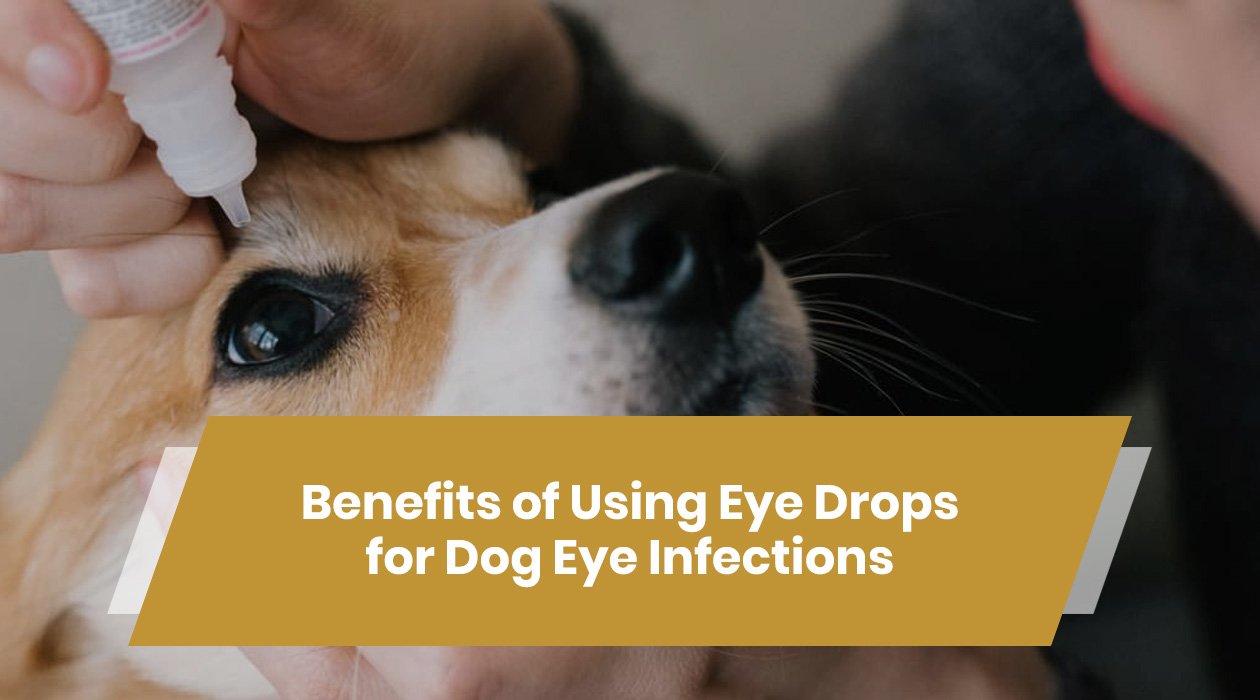
 Australian Shepherd
Australian Shepherd Beagle
Beagle Belgium Shepherd
Belgium Shepherd Bernese Mountain Dog
Bernese Mountain Dog Border Collie
Border Collie Boxer
Boxer Bulldog
Bulldog Cavalier King Charles Spaniel
Cavalier King Charles Spaniel Chihuahua
Chihuahua Cocker Spaniel
Cocker Spaniel Dachshund
Dachshund Doberman Pinscher
Doberman Pinscher Dogo Argentino
Dogo Argentino French Bulldog
French Bulldog German Shepherd
German Shepherd Golden Retriever
Golden Retriever Great Dane
Great Dane Himalayan Shepherd
Himalayan Shepherd Indie Dogs
Indie Dogs Labrador Retriever
Labrador Retriever Pakistani Bully
Pakistani Bully Pembroke Welsh Corgi
Pembroke Welsh Corgi Pitbull
Pitbull Pomeranian
Pomeranian Poodle
Poodle Pug
Pug Rottweiler
Rottweiler Shih Tzu
Shih Tzu Siberian Husky
Siberian Husky Yorkshire Terrier
Yorkshire Terrier Australian Shepherd
Australian Shepherd Beagle
Beagle Belgium Shepherd
Belgium Shepherd Bernese Mountain Dog
Bernese Mountain Dog Border Collie
Border Collie Boxer
Boxer Bulldog
Bulldog Cavalier King Charles Spaniel
Cavalier King Charles Spaniel Chihuahua
Chihuahua Cocker Spaniel
Cocker Spaniel Dachshund
Dachshund Doberman Pinscher
Doberman Pinscher Dogo Argentino
Dogo Argentino French Bulldog
French Bulldog German Shepherd
German Shepherd Golden Retriever
Golden Retriever Great Dane
Great Dane Himalayan Shepherd
Himalayan Shepherd Indie Dogs
Indie Dogs Labrador Retriever
Labrador Retriever Pakistani Bully
Pakistani Bully Pembroke Welsh Corgi
Pembroke Welsh Corgi Pitbull
Pitbull Pomeranian
Pomeranian Poodle
Poodle Pug
Pug Rottweiler
Rottweiler Shih Tzu
Shih Tzu Siberian Husky
Siberian Husky Yorkshire Terrier
Yorkshire Terrier Abyssinian
Abyssinian American Bobtail
American Bobtail American Shorthair
American Shorthair Balinese Cat
Balinese Cat Bengal Cat
Bengal Cat Birman
Birman Bombay Cat
Bombay Cat British Longhair
British Longhair British Shorthair
British Shorthair Burmese Cat
Burmese Cat Devon Rex
Devon Rex Exotic Shorthair
Exotic Shorthair Himalayan Cat
Himalayan Cat Maine Coon
Maine Coon Oriental Shorthair
Oriental Shorthair Persian Cats
Persian Cats Ragdoll
Ragdoll Scottish Fold
Scottish Fold Siamese Cat
Siamese Cat Siberian Cat
Siberian Cat Sphynx Cat
Sphynx Cat



















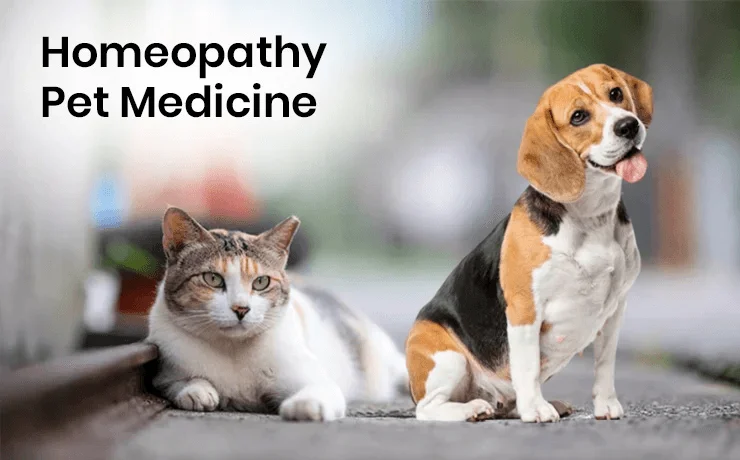


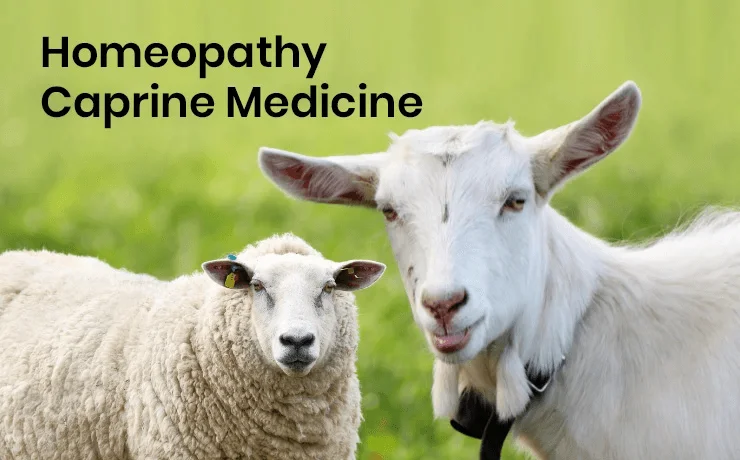


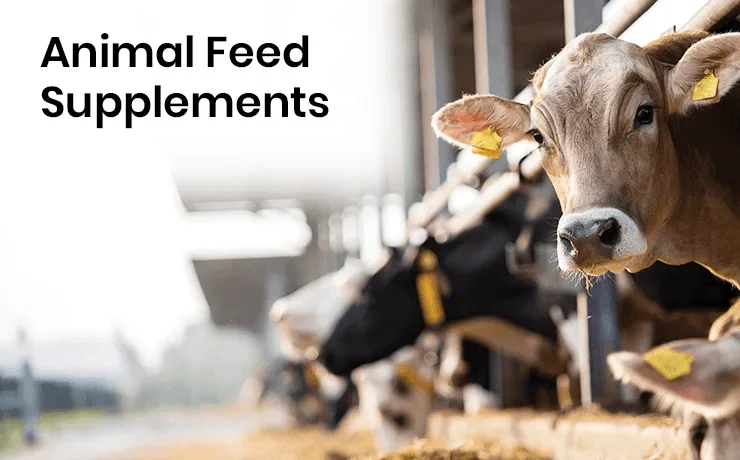



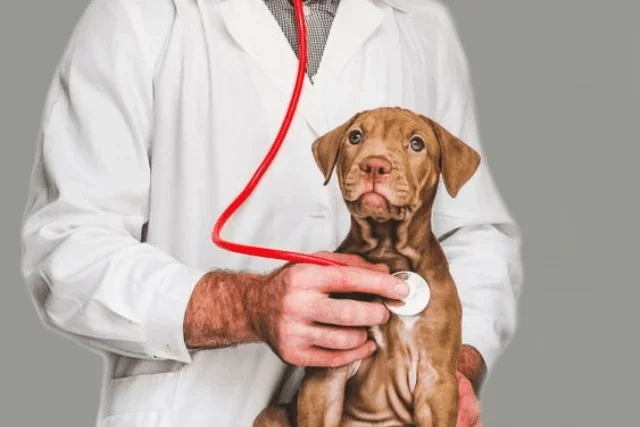







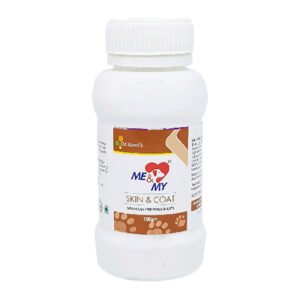



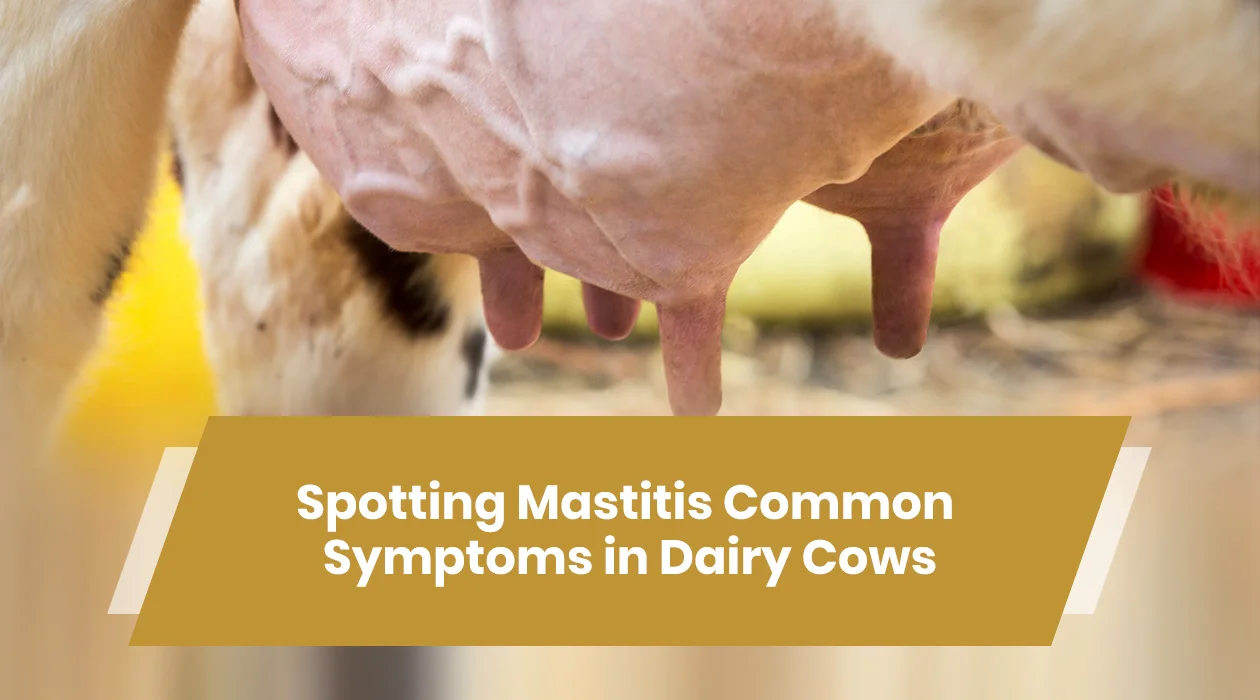


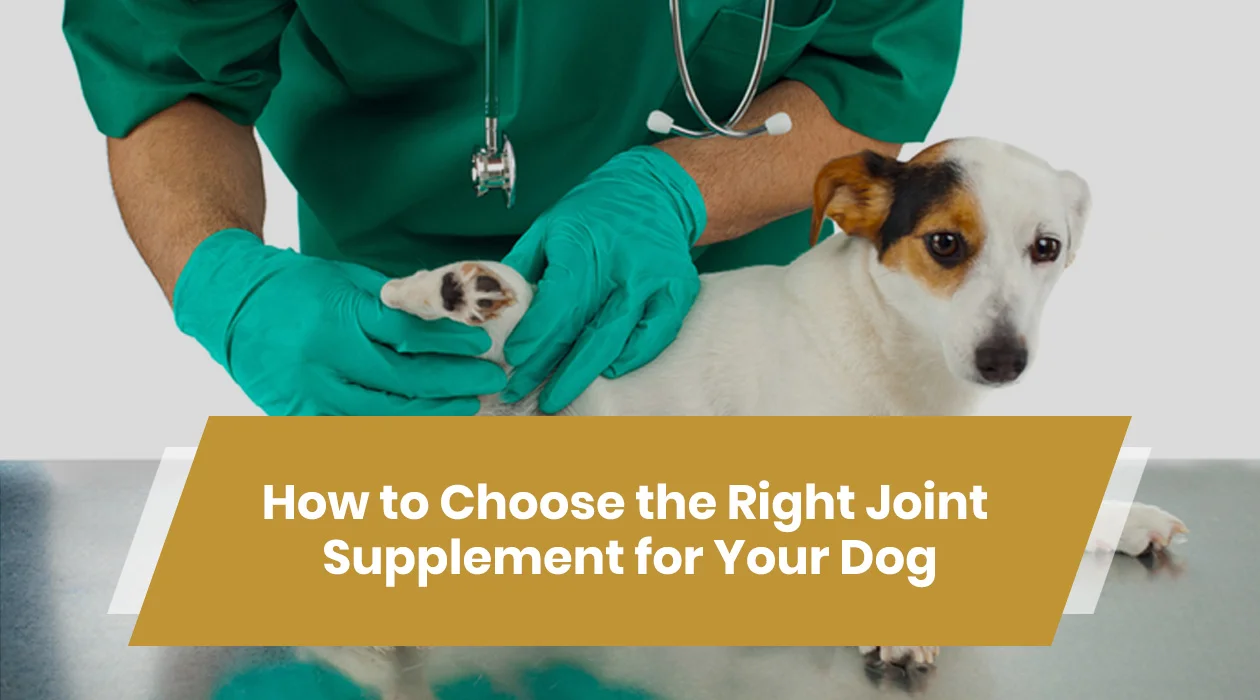




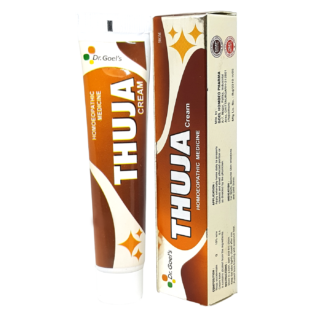
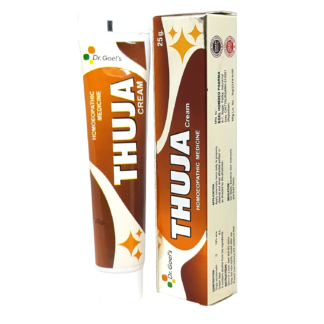

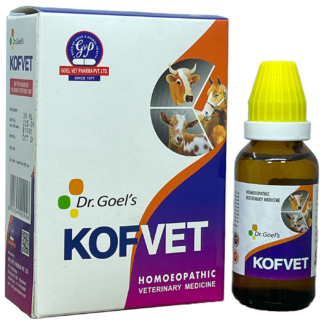
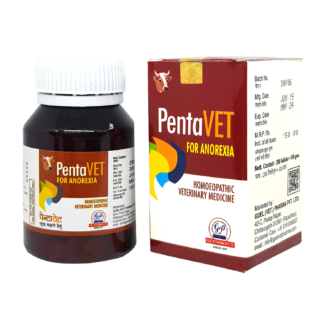
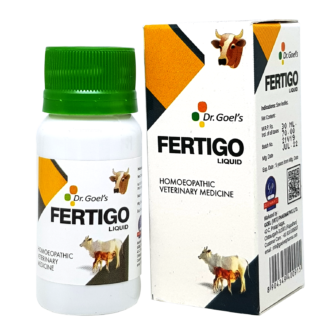
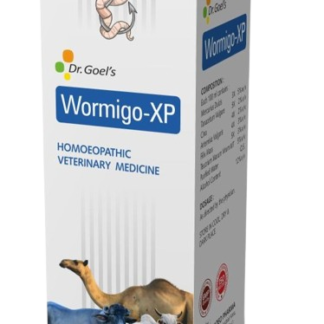







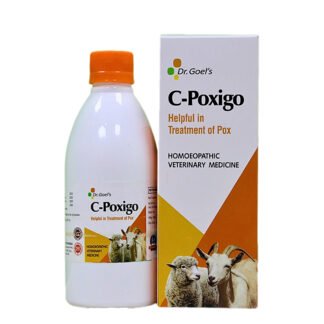
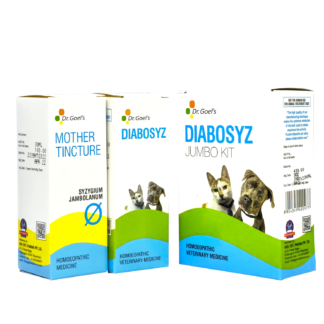
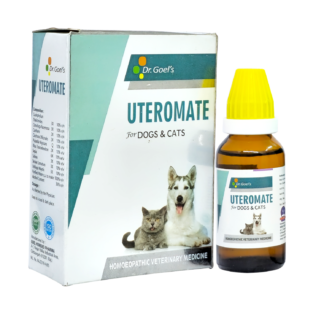
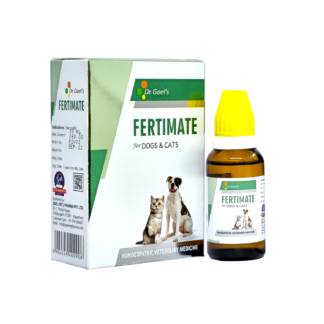
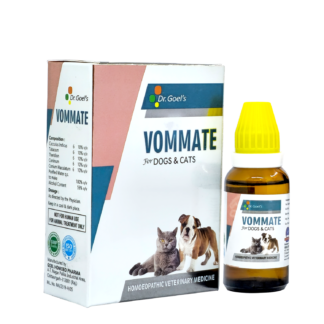

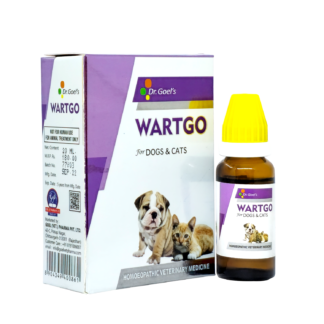



4 thoughts on “Life Of The Living: Liver & Livomate”
[…] group with its rank equaling that of the Kidneys, Heart, and Brain. If not taken care of properly liver disease in dogs can happen. Let us go through the facts about the […]
[…] role in blood pressure, increases red blood cell production, and helps in calcium metabolism. The kidney infection in dogs can be chronic or […]
[…] role in blood pressure, increases red blood cell production, and helps in calcium metabolism. The kidney infection in dogs can be chronic or […]
[…] Liver disease in Dogs sorted […]